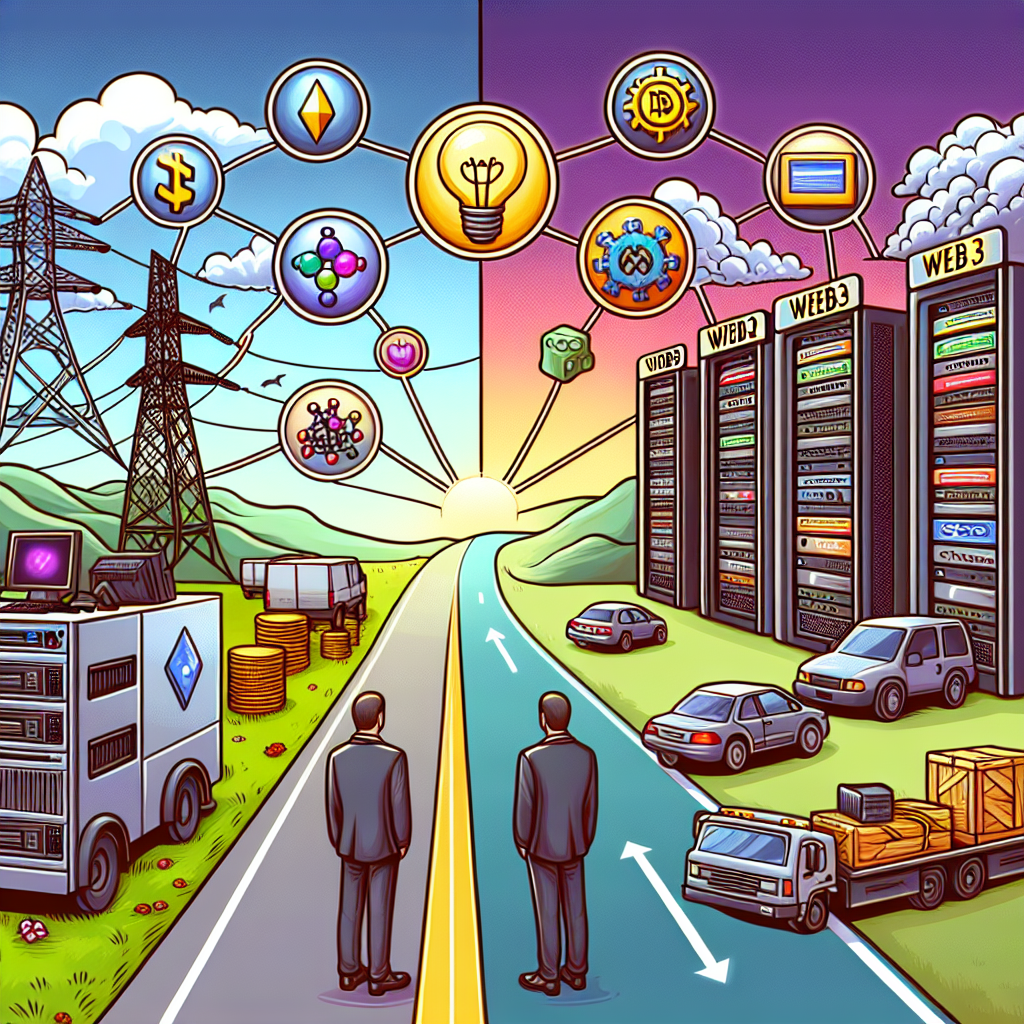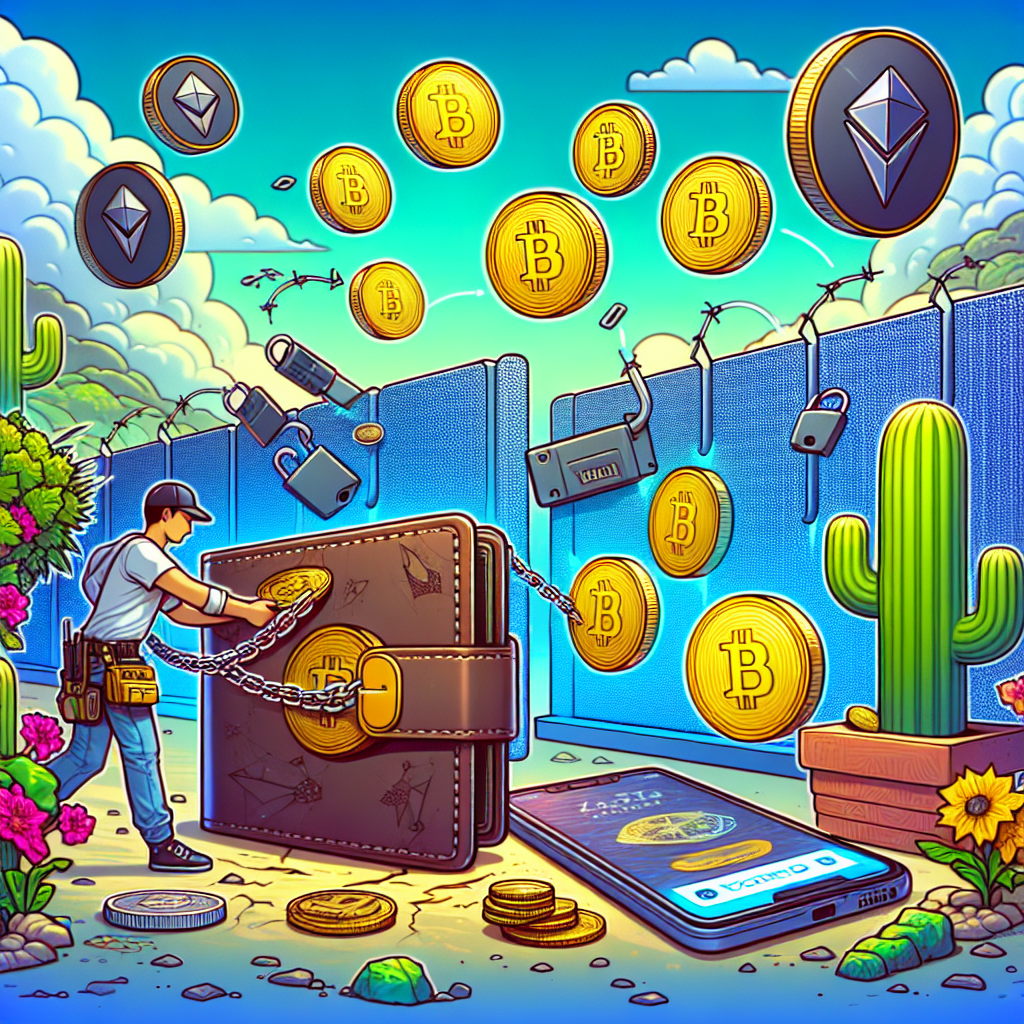Discover everything about modern blockchain networks: development history, key technologies like Bitcoin, Ethereum, Solana, and Polkadot, and the future prospects of the blockchain industry in 2024.
8 min read
Introduction to Blockchain
Blockchain is a distributed database or ledger maintained simultaneously across multiple computers (nodes) in a network. It was first introduced as the underlying technology for the cryptocurrency Bitcoin, but it has since evolved and found applications in various industries, ranging from finance to healthcare and supply chain management.
One of the key features of blockchain is its immutability, meaning that once data is added to the blockchain, it cannot be altered without the consensus of the majority of network participants. This ensures a high level of security and trust in the data, which has driven blockchain’s popularity across various fields.
Today, there are numerous blockchain networks, each with unique characteristics and applications. In this article, we will explore the major types of modern blockchains, their history, and origin.
History of Blockchain Networks
1. Bitcoin (BTC)
Blockchain began with the emergence of Bitcoin in 2009. This first-ever digital asset was created by an individual or group under the pseudonym Satoshi Nakamoto. The core idea of Bitcoin is to create a decentralized currency that is not controlled by any government or financial institution.
The key feature of Bitcoin is its Proof of Work (PoW) consensus algorithm, which requires significant computational resources to validate transactions and secure the network. Bitcoin was the first blockchain, and its architecture has formed the foundation for many subsequent blockchain networks.
2. Ethereum (ETH)
Launched in 2015, Ethereum is a second-generation blockchain that introduced the concept of smart contracts. These are decentralized programs that automatically execute when specific conditions are met. Ethereum greatly expanded blockchain’s capabilities by enabling the creation of decentralized applications (dApps).
Ethereum originally used the same PoW consensus as Bitcoin but transitioned to Proof of Stake (PoS) in 2022 as part of the Ethereum 2.0 upgrade. This move improved scalability, reduced energy consumption, and sped up transactions.
3. Ripple (XRP)
Ripple emerged as a blockchain network focused on financial transactions between banks and other financial institutions. Unlike Bitcoin and Ethereum, which emphasize decentralization and public networks, Ripple is a partially centralized platform. It offers high transaction speeds and minimal fees, making it attractive to large financial organizations.
Related: Revitalizing Ethereum With Rollups: An In-depth Look
4. EOS
Launched in 2018, EOS is one of Ethereum’s competitors. Its main feature is the use of a Delegated Proof of Stake (DPoS) model, which significantly speeds up transaction validation compared to traditional PoW and PoS systems. EOS is positioned as a blockchain for creating scalable decentralized applications.
5. Polkadot (DOT)
Polkadot, launched in 2020, is one of the more modern and innovative blockchains. It was created to address interoperability issues between different blockchains. This network allows various blockchains (both public and private) to interact with one another. Polkadot uses its unique PoS model and parachains, enabling the network to achieve high scalability and security.
6. Solana (SOL)
Solana, launched in 2020, focuses on high transaction speed and low fees. Solana uses a unique Proof of History (PoH) algorithm combined with PoS, allowing it to process up to 65,000 transactions per second. This makes it one of the fastest and most scalable blockchain networks to date.
7. Cardano (ADA)
Founded in 2017, Cardano represents a third-generation blockchain. Cardano uses a scientific approach to developing its blockchain, and its founder, Charles Hoskinson, is a co-founder of Ethereum. The network operates on a PoS algorithm, and its main advantage lies in its resilience and security. Cardano also supports smart contracts and aims to address scalability and interoperability challenges in blockchains.
Types of Modern Blockchains
Modern blockchain networks are divided into several key types:
1. Public Blockchains
These are decentralized networks open to anyone. Examples include Bitcoin, Ethereum, and Solana. They offer full transparency, as all transactions are publicly accessible, and any participant can become a network node.
2. Private Blockchains
Related: Ethereum Revenue Declines by 99% After Dencun Update Amid Layer-2 Competition
Private blockchains are used within organizations and are controlled by a centralized group. An example is Hyperledger. Access to private blockchains is restricted, making them less transparent than public networks, but they can offer better opportunities for corporate use.
3. Consortium Blockchains
These networks are controlled by a group of organizations rather than a single central authority. They occupy a middle ground between public and private blockchains. An example is R3 Corda, used in the banking sector.
4. Hybrid Blockchains
Hybrid blockchains combine features of both public and private networks. They offer a private environment for processing transactions and a public ledger for transparency. An example is Dragonchain.
Blockchain Levels: L1, L2, and L3
1. Layer 1 Blockchains (L1)
L1 or first-layer blockchains are the foundational level of blockchain architecture upon which decentralized networks are built. L1 blockchains operate independently without relying on external solutions for security or transaction processing. These are the main blockchains, such as Bitcoin, Ethereum, Polkadot, Solana, and others.
Key features of L1 blockchains include decentralization, security, and independence. However, L1 blockchains often face issues of scalability and performance, especially as the number of users and transactions increases. In response, second-layer (L2) solutions have been developed to address these problems.
Examples of L1 blockchains:
- Bitcoin: One of the best-known and oldest blockchains, running on Proof of Work (PoW) and supporting only basic transactions.
- Ethereum: A leading L1 blockchain that supports smart contracts and decentralized applications (dApps) and recently transitioned to Proof of Stake (PoS) for greater efficiency.
- Polkadot: A network that allows parachains to interact and integrate with each other, making it unique among L1 blockchains.
2. Layer 2 Blockchains (L2)
L2 solutions work on top of L1 blockchains and are aimed at improving scalability and network throughput. The main task of L2 is to offload the L1 network by processing part of the transactions on an external layer, thereby improving performance and reducing fees. L2 solutions help address the high fees and slow transaction speeds characteristic of popular L1 blockchains.
L2 operates by moving part of the operations off the main blockchain and then confirming these operations on the primary layer. One of the best-known second-layer solutions is the Lightning Network for Bitcoin, which enables instant and almost free microtransactions.
Related: The Rise of Ethereum: Achievements and Prospects
Examples of L2 solutions:
- Lightning Network (for Bitcoin): Designed to facilitate micro-payments and improve transaction speed in the Bitcoin network. The main idea is to create payment channels between users, allowing multiple transactions to take place off the blockchain.
- Optimistic Rollups and ZK-Rollups (for Ethereum): These mechanisms aggregate many transactions into one “package” and record them on the L1 blockchain in a single block, significantly reducing the network load and fees.
- Arbitrum and Polygon: These platforms operate on top of Ethereum and provide users with faster and cheaper transactions. Polygon, for example, offers a suite of scaling tools that make interaction with Ethereum more accessible.
3. Layer 3 Blockchains (L3)
The term L3 refers to higher layers sometimes called “application solutions” or “ecosystems.” L3 blockchains are built on top of L1 and L2 and generally focus on specific functions, such as enhancing user interactions with blockchain applications, improving UX/UI, or providing additional capabilities in specific scenarios.
L3 platforms have not yet achieved widespread adoption but represent a promising direction for enhancing blockchain functionality. They may include improved solutions for cross-chain communication and support for more complex applications like gaming or financial products.
Why Are L2 Solutions Necessary?
The primary goal of L2 solutions is scalability. For example, the Ethereum network is known for high fees and transaction delays during peak periods, making the network costly for ordinary users. L2 solutions enable increased network throughput and significantly reduce costs.
Advantages of L2 Solutions:
- Lower Fees: Since L2 offloads the main blockchain, transaction fees are reduced.
- Faster Transactions: L2 solutions allow transactions to occur much faster.
- Reduced Load on the Main Blockchain: L2 solutions handle part of the transactions off the main network, reducing its load and improving its performance.
Potential Disadvantages:
- Implementation Complexity: Implementing L2 solutions requires careful integration and can create challenges for developers and users.
- Security: Some L2 solutions may depend on specific methods of verifying data, potentially introducing additional risks.
The Future of Blockchain Technology
As technology evolves and the demand for decentralized solutions grows, blockchains continue to evolve. One of the key directions of development is improving scalability and transaction speed. Ethereum 2.0, Polkadot, Solana, and other blockchains are working to solve this problem, and in the coming years, we can expect the emergence of new breakthrough technologies.
Additionally, increasing attention to the sustainability of technologies has led to blockchains transitioning to less energy-intensive consensus algorithms, such as PoS. This will also be a key theme in the future of the blockchain industry.
Conclusion
Blockchain networks have come a long way since the launch of Bitcoin in 2009. Today, there are numerous blockchain networks, each offering unique features and solutions. With the emergence of new technologies such as smart contracts and parachains, blockchain continues to transform many industries, opening up new horizons for decentralized applications and finance.












